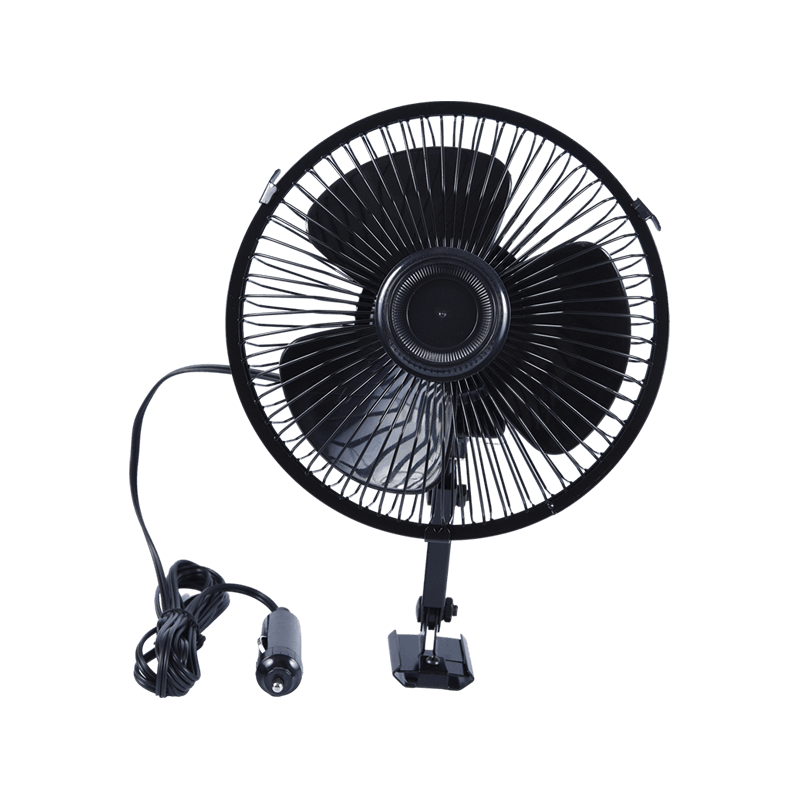The question "Do electric cars have efficient heaters?" is crucial for potential buyers and current EV owners, especially in colder climates. The answer isn't a simple yes or no; it hinges on understanding the technology involved, its inherent trade-offs, and how you use it. Unlike gasoline cars that harness abundant waste engine heat, electric vehicles must generate cabin warmth using battery power, directly impacting driving range.
Understanding the Core Technologies:
-
Resistive Heaters (PTC Heaters):
- How They Work: Similar to an electric space heater or hair dryer, they pass electricity through a resistive element to generate heat.
- Efficiency: They are essentially 100% efficient at converting electricity into heat. However, this is also their drawback: every watt of heat generated comes directly from the battery, significantly reducing driving range. Using a resistive heater can consume 1-4 kW or more, potentially reducing range by 15-35% in cold weather compared to mild conditions.
- Prevalence: Common in many entry-level or older EVs and often used as supplemental heat or for initial warm-up even in cars with heat pumps.
-
Heat Pump Systems:
- How They Work: Function like an air conditioner in reverse. Instead of expelling heat from the cabin to the outside, they extract ambient heat from the outside air (even when it's cold) and transfer it inside the cabin using a refrigerant cycle and compressor. This process requires significantly less electrical energy than generating heat directly.
- Efficiency: This is where efficiency shines. Heat pumps can deliver 2-4 kW of heat into the cabin for every 1 kW of electricity consumed (a Coefficient of Performance, or COP, of 2-4+). This makes them far more efficient than resistive heaters, often reducing the cold-weather range penalty to 10-25%.
- Limitations: Efficiency decreases as outside temperatures drop significantly (typically below -10°C / 14°F). At very low temperatures, they often need assistance from a resistive heater to meet heating demands.
Factors Influencing Heater Efficiency:
- Outside Temperature: Colder air requires more energy to heat the cabin. Heat pumps become less efficient as temperatures plunge.
- Cabin Size and Insulation: Larger cabins and poorer insulation require more energy to heat and maintain temperature.
- Target Cabin Temperature: Setting the thermostat higher demands more energy.
- Driving Speed & Duration: Short trips require the heater to work harder to initially warm the cabin, consuming proportionally more energy per mile. Highway speeds increase heat loss.
- Heated Surfaces: Using the heated steering wheel and seats is generally much more efficient than heating the entire cabin air. These surfaces transfer heat directly to the occupant with minimal energy waste.
Maximizing Heating Efficiency in Your EV:
- Precondition While Plugged In: Use your EV's scheduled departure feature or app to warm the cabin while still plugged into the charger. This uses grid power instead of battery power, preserving range. It also pre-heats the battery if the system allows, improving overall efficiency.
- Use Heated Seats and Steering Wheel: Rely on these for personal warmth as much as possible before cranking up the cabin air temperature. They use significantly less energy.
- Moderate Cabin Temperature: Set the climate control to a comfortable but not overly warm temperature (e.g., 18-20°C / 65-68°F). Every degree lower saves energy.
- Recirculate Cabin Air: Once the cabin is warm, use recirculation mode to prevent constantly reheating cold outside air. Be mindful of potential window fogging.
- Park Smart: Park in a garage whenever possible to start with a warmer cabin temperature.
- Understand Your Vehicle: Know whether your EV has a heat pump, resistive heater, or both. Understand how its efficiency changes with extreme cold.
Electric car heaters, particularly modern heat pump systems, can be highly efficient at transferring energy into cabin heat. However, the fundamental challenge remains: generating that heat consumes precious battery energy that would otherwise propel the vehicle. While the heating technology itself can be efficient (especially heat pumps), the overall impact on range is significant compared to internal combustion engine vehicles.
The key takeaway is awareness and strategy. By understanding the technology in your specific EV and employing efficiency-maximizing techniques – primarily preconditioning while plugged in and utilizing heated surfaces – drivers can significantly mitigate the range impact of staying warm during winter months. Modern EVs are equipped with capable heating systems, but using them wisely is paramount for maximizing efficiency and range.


 English
English Português
Português عربى
عربى 中文简体
中文简体











